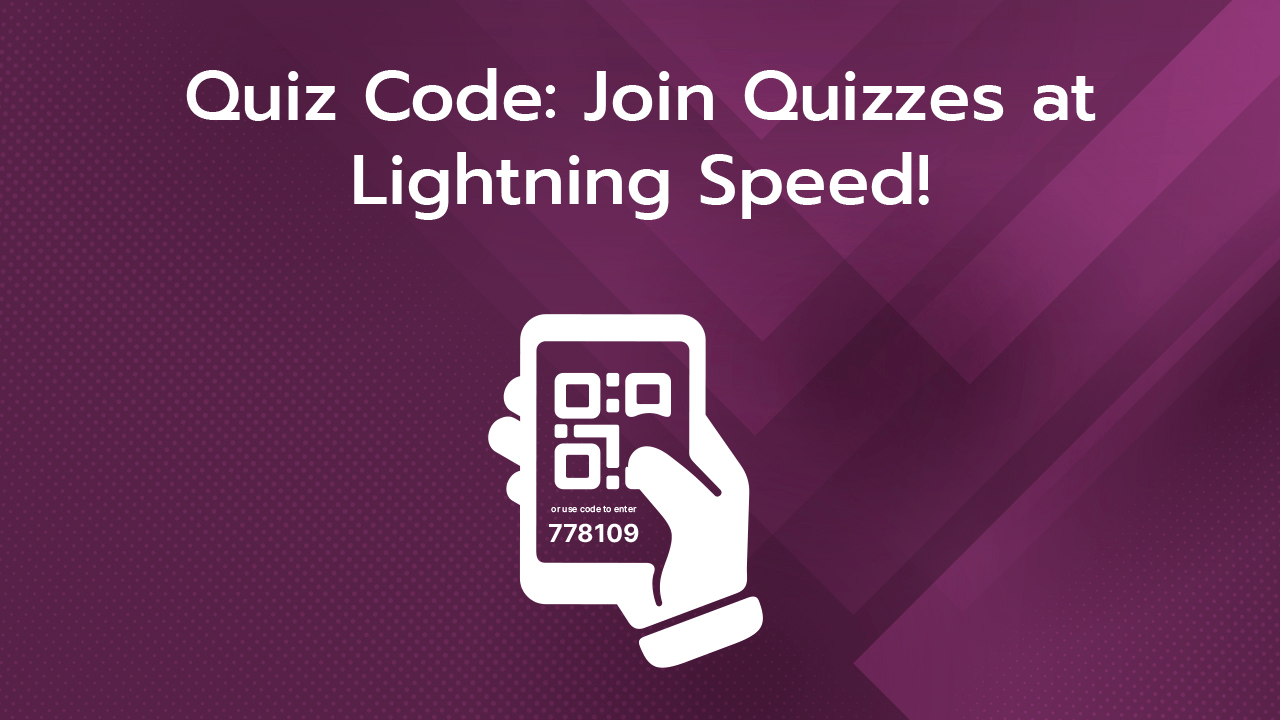Introduction:
In the dynamic landscape of education and engagement, quizzes have emerged as a powerful tool to assess knowledge, promote interaction, and enhance learning experiences. As the digital realm continues to evolve, one intriguing element gaining momentum is the concept of “quizzes join code.” This innovative approach not only transforms the way quizzes are conducted but also adds a layer of inclusivity and convenience. In this article, we delve into the significance of quizzes join codes and explore how they are revolutionizing the educational and interactive landscape.
The Rise of Quizzes:
Quizzes have long been recognized as effective instruments for gauging understanding and reinforcing concepts. Traditionally administered on paper, quizzes have undergone a digital metamorphosis, finding a new home on online platforms and learning management systems. The transition to digital quizzes has streamlined assessment processes, providing instant feedback and fostering a more interactive learning environment.
Understanding Quizzes Join Code:
The concept of quizzes join codes introduces a novel dimension to online assessments. Unlike conventional quizzes that are usually accessed through direct links or within a designated platform, quizzes join codes enable participants to enter an assessment with a unique code. This code acts as a virtual key, granting access to the quiz, and is a pivotal aspect of creating a collaborative and engaging atmosphere.
Enhancing Collaboration:
Quizzes join codes promote collaboration by allowing participants to join the assessment simultaneously. This synchronous engagement fosters a sense of unity among participants, creating a shared experience. Whether used in a classroom setting or a virtual meeting, the join code becomes the digital bridge that connects learners and educators, reinforcing the communal aspect of learning.
Inclusivity in Learning:
One of the remarkable aspects of quizizz join code is their ability to make assessments more inclusive. Participants can enter a quiz from anywhere, provided they have the join code, breaking down geographical barriers and enabling remote learning. This inclusivity is particularly valuable in today’s globalized and interconnected world, where learners and educators may be separated by vast distances.
Efficiency and Convenience:
Quizzes join codes add an element of efficiency and convenience to the assessment process. Educators can share the join code through various channels, such as email, messaging apps, or on a shared platform. This ease of dissemination simplifies the logistics of quiz administration, saving valuable time and ensuring a seamless experience for both educators and participants.
Implementation in Various Settings:
The versatility of quizzes join codes extends beyond traditional classrooms. Whether used in corporate training sessions, virtual workshops, or community learning programs, this innovative approach adapts to diverse settings. The adaptability of join codes makes them a valuable asset for educators and organizers aiming to create interactive and engaging assessments in a wide range of scenarios.
Security and Privacy Considerations:
While the convenience of quizzes join codes is evident, it’s crucial to address security and privacy concerns. Educational platforms and quiz creators must prioritize robust security measures to protect sensitive information. Implementing encryption and secure authentication processes ensures that only authorized participants gain access, maintaining the integrity of the assessment.
Conclusion:
Quizzes join codes represent a paradigm shift in the way assessments are conducted, adding a layer of collaboration, inclusivity, and efficiency. As education and engagement continue to evolve in the digital age, embracing innovative approaches like quizzes join codes becomes imperative. By unlocking the power of join codes, educators and learners alike can embark on a journey that transcends geographical boundaries, promotes collaboration, and enhances the overall learning experience.






